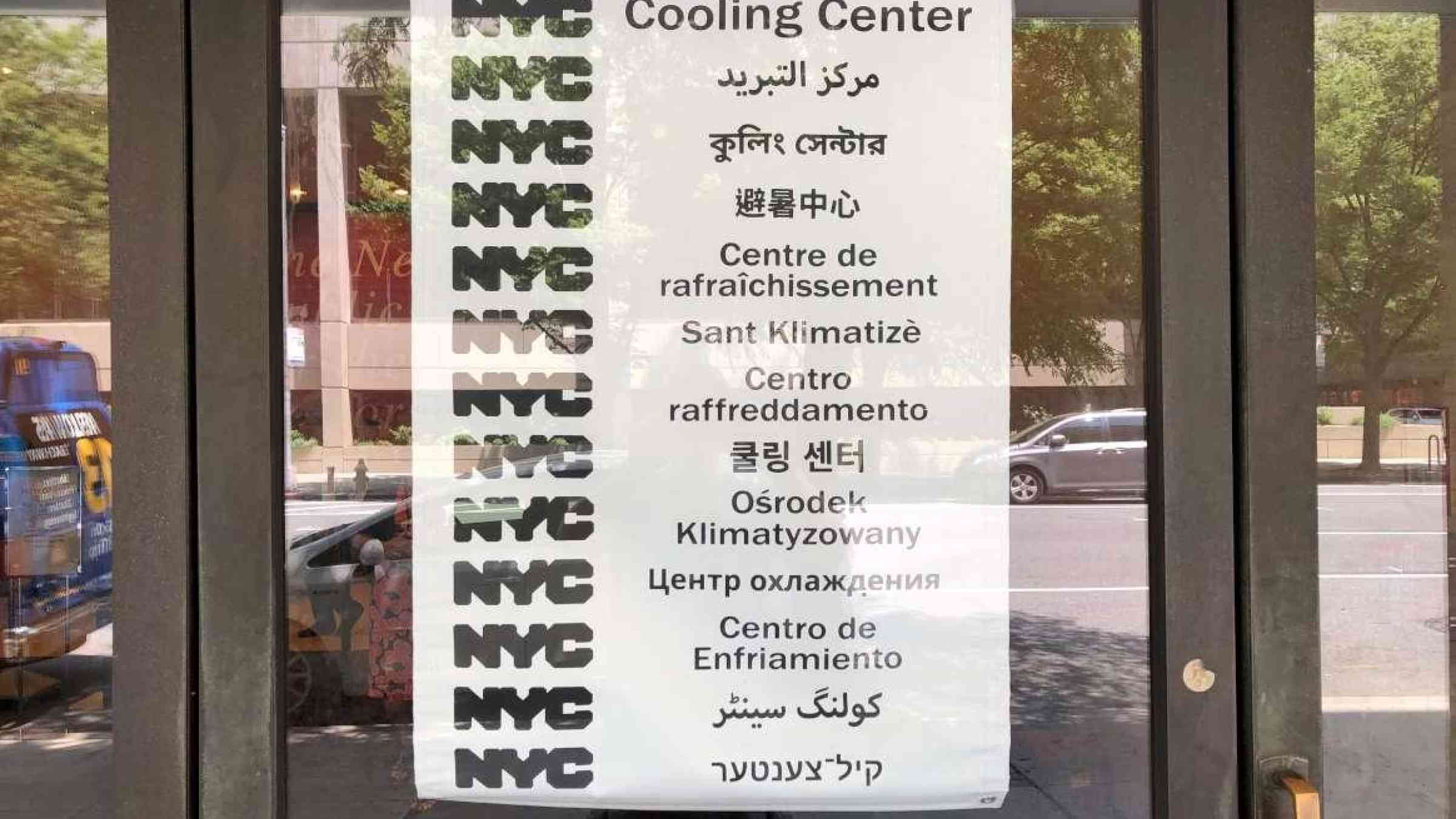Eat or stay cool? Cities test ways to protect the poor from rising heat

By Laurie Goering
LONDON - From spray parks in water-short Cape Town to heat-reflecting pavements in Tokyo, cities around the world that face worsening heatwaves as the planet warms are rapidly adopting innovations to try to beat increasingly deadly heat.
But ensuring the measures help those most at risk remains a challenge, for reasons ranging from racial discrimination to funding and policy deficits, as well as misperceptions about who is most vulnerable and where, heat experts said this week.
In New York, for instance, most deaths from heat stress occur at home, Kizzy Charles-Guzman, deputy director of the city mayor's resiliency office, told an online event run by the non-profit Global Heat Health Information Network.
With television reports on heat risks often featuring images of sweating joggers or outdoor workers, many people do not realise they also threatened inside, she said.
The elderly, disabled and those hesitant to leave home may be unable or unwilling to go to parks or cooling centres - and many lack air-conditioners or the money to run them, putting them at particularly high risk.
Curbing rising heat deaths will require focusing efforts and money on the most vulnerable - particularly in marginalised poor neighbourhoods, Charles-Guzman said.
"We need to be able to level that playing field by putting public investment in those areas," she said. "Otherwise people will perish from the climate crisis."
Medellin, Colombia's second-largest city, is one place that has made significant strides toward lowering heat risks in poor areas, said Regina Vetter, who manages the Cool Cities Network, part of the C40 group of cities working on climate action.
Medellin has planted trees to create nine green corridors connecting existing green spaces, cutting temperatures and creating shady areas for people to travel and gather.
It has also focused on creating cool, inviting public spaces in poor areas, as well as jobs for their residents who are trained by the city's botanic gardeners to take care of the new vegetation, Vetter said.
The Cool Cities Network has about 30 major cities as members, and is adding a city every month or two as more metropolitan areas seek advice on rising heat threats, with climate change bringing hotter summer temperatures.
"It really is becoming such a prominent issue all around the world," Vetter said.